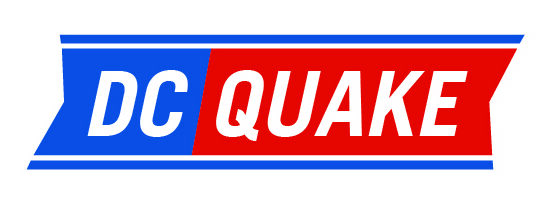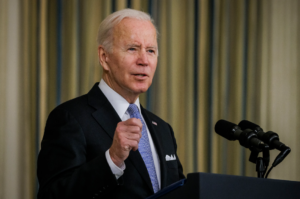Cheap and clean energy is growing fast. Do we really need a federal mandate?
4 min read
After months of debating infrastructure, federal lawmakers may be turning their attention to a new subject: Power plants and the utilities that deliver electricity to homes and businesses.
According to CBS News, some lawmakers want to attach a Clean Energy Standard (CES) to the federal budget using a parliamentary move that requires 51 votes in the U.S. Senate rather than the usual 60. Under a CES, the federal government would decide which fuels and which technologies can and cannot be used to generate electricity over the coming years and decades.
Today, those decisions are mostly made at the state and local level through lengthy planning procedures that involve power companies, utility regulators, environmental officials, stakeholder groups and members of the general public. These decisions are also heavily influenced by the cost of competing sources of electricity, tax incentives and state-level mandates for certain energy technologies, like wind and solar.
Reporters and other observers have turned to the experts at the National Renewable Electricity Laboratory (NREL) in Golden, Colo., to help them understand the CES concept and the pressure points in any congressional debate. But the experts have plenty of questions themselves.
“The costs and benefits of a federal policy will depend on how the policy is defined,” Jenny Heeter, a senior energy analyst at NREL, told CBS. “Which types of generators are considered clean? How quickly those generators need to come online. Is it a 100% clean energy target? Is it 90%? Is it by 2035? Is it by 2045?”
But here’s a more fundamental question: Do we need a federal mandate to rapidly increase the production of electricity from carbon-free sources like wind, solar, nuclear, hydrogen and technologies that capture and store greenhouse gas emissions?
Rather than offer an opinion, let’s look at recent trends in the U.S. electricity sector so supporters, opponents and those in the middle can start working on this issue from the same factual baseline.
Last year, 40% of U.S. electricity came from zero-carbon sources – roughly 20% nuclear and 20% renewable – according to the U.S. Energy Information Administration (EIA). This is the result of two major trends.
In the nuclear sector, efficiency investments at existing plants added more than 2 gigawatts of generating capacity over the past decade, according to data from the Nuclear Energy Institute. That’s the equivalent of building two new reactors, just by upgrading existing facilities so they can send more electrons to the power grid.
With greater efficiency, nuclear was able to maintain a 20% share of the overall electricity market, despite the retirement of several facilities, including the San Onofre plant in Southern California and the Indian Point plant outside New York City.
At the same time, the share of electricity from wind, solar and other renewable sources effectively doubled over the past decade. Renewable technologies are now the second largest source of electricity nationwide, behind natural gas power plants.
Interestingly, natural gas toppling coal as the nation’s number-one fuel for generating electricity created the opening for renewables. While coal plants are designed to operate almost constantly, sending large amounts of electricity to the grid at all hours of the day and night, natural gas turbines are smaller and more flexible. They can adjust their output of electricity very quickly, ramping down when the wind is blowing and the sun is shining, and ramping back up again when weather conditions change.
But that’s not all. The cost of renewable technologies has also plummeted, making it easier for utilities and businesses and even individual homeowners to invest in these carbon-free energy sources.
Since 2009, the cost of electricity from newly installed wind has fallen by roughly 70% and the cost of electricity from new solar has fallen by 90%, according to annual data from Lazard, a global financial and advisory firm. Data from NREL and EIA also show steep cost reductions. This makes renewable energy highly competitive with other sources and will help it grow even faster than it has in the past.
To be sure, as we look to the future, new breakthroughs will be needed to reach net zero carbon emissions from electricity.
With cheaper batteries, we could store larger amounts of wind and solar electricity to use anytime. Hydrogen produced with carbon capture technology or produced with electricity from renewables and nuclear plants could be used in fuel cells or as a substitute for natural gas in power generation. Companies like TerraPower and NuScale are already writing the next chapter of nuclear power with proposed small modular reactor projects in Wyoming and Utah.
But make no mistake: The energy transition isn’t something we are waiting around for. It started a decade ago and it keeps accelerating with every passing year.
Will a federal CES build on that momentum? Or could it generate the kind of regulatory and legal confusion that unwittingly slows things down?
As lawmakers debate the CES, these questions deserve close attention. Congress shouldn’t just assume that every state, every local government and every innovator in the electricity sector needs – or wants – a new federal mandate.
This article was originally posted on Cheap and clean energy is growing fast. Do we really need a federal mandate?





